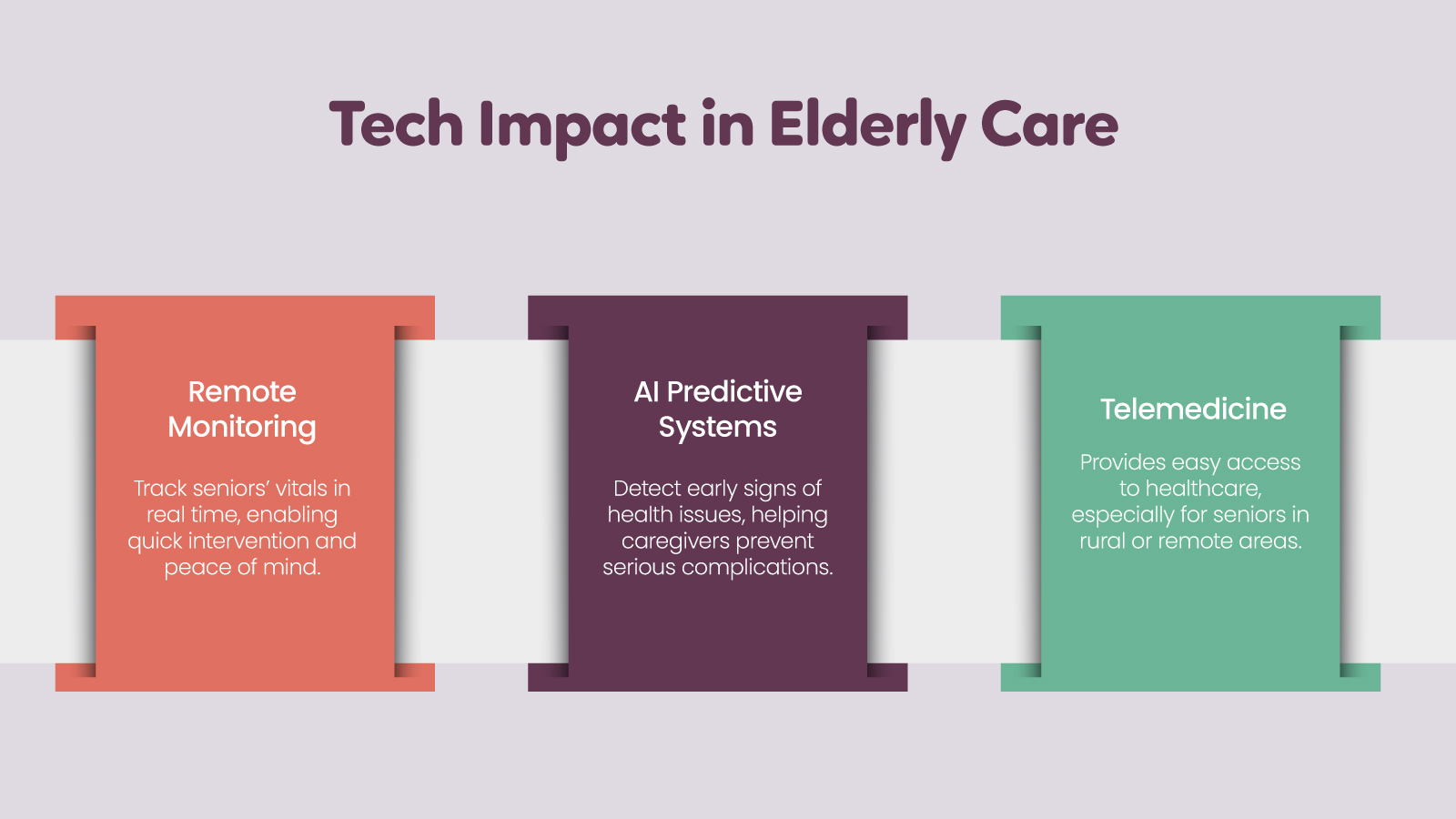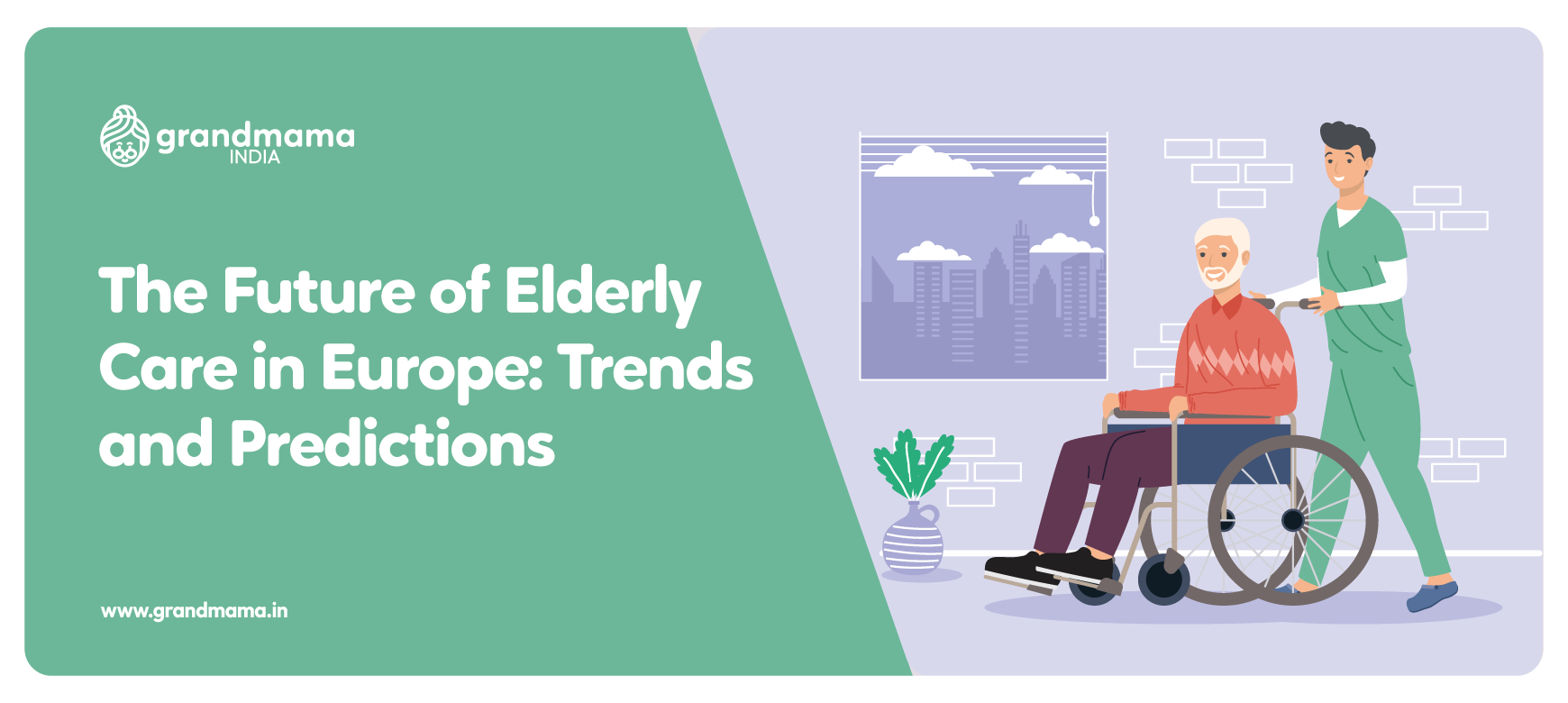As Europe’s population grows older, elderly care in Europe is no longer just a matter of routine—it’s an emotional and societal responsibility that affects families, communities, and healthcare systems alike.
From supportive government programs to innovative healthcare solutions, every approach reflects the continent’s commitment to ensuring dignity, comfort, and quality of life for seniors.
In this blog, we’ll take a close look at the trends, innovations, and challenges shaping the future of elderly care in Europe, offering insights for caregivers, families, and policymakers navigating this evolving landscape.
Why Elderly Care in Europe Matters
According to the European Commission, more than 20% of Europe’s population is currently over the age of 65, and this figure is set to rise sharply in the coming decades. By 2050, one in three Europeans will be aged 65 or older, as projected by Eurostat. This demographic shift puts immense pressure on healthcare systems, families, and care services.
The question isn’t just about how to provide care—it’s about how to provide quality care that balances independence, dignity, and affordability.
Balancing family responsibilities while ensuring your elderly loved ones receive proper care can feel overwhelming. With Grandmama, families can access trained caregivers who provide compassionate, professional support, giving both seniors and their loved ones peace of mind.
Senior Care Trends in Europe
1. Rising Demand for Long-Term Care
With people living longer, the demand for long-term care is at an all-time high. The World Health Organization notes that chronic illnesses such as dementia, diabetes, and cardiovascular disease are more common among seniors, requiring specialised care and ongoing support.
2. Technology as a Game-Changer
Digital healthcare tools are transforming elderly care in Europe:

- Remote monitoring devices help track vitals in real time.
Wearable and home-based devices track seniors’ vital signs in real time, enabling prompt interventions and peace of mind for families.
- AI-powered predictive systems detect early signs of health issues.
Artificial intelligence analyses health data to identify early signs of decline, helping caregivers prevent serious issues before they escalate.
- Telemedicine makes healthcare more accessible.
Virtual consultations make healthcare more accessible, especially for seniors living in remote or rural areas, reducing travel stress and wait times.
For instance, OECD research shows that technology-driven interventions reduce hospital admissions and improve patient outcomes for older populations.
3. Policy Shifts and Elderly Support Programs
Governments are investing heavily in support frameworks. For example:
- The UK Government has expanded funding for home-based elderly care services.
- Scandinavian countries continue to lead with community-focused elderly care programmes, ensuring dignity and independence for seniors.
4. Growth of Assisted Living Facilities
Assisted living facilities are increasingly popular, offering independence alongside medical supervision. Countries like Germany and the Netherlands are scaling innovative co-housing models where seniors live together with access to shared support services.
Challenges in Elderly Care Europe Faces
Workforce Shortages
The demand for caregivers far outweighs supply. According to European Parliament reports, Europe may face a shortage of nearly 4 million healthcare workers by 2030 if current trends continue.
Financial Pressure
Elderly care is expensive. Public healthcare budgets are stretched, and private families often carry significant financial burdens. Some nations, such as Germany, are tackling this through mandatory long-term care insurance.
The rising costs of elderly care put a strain on many families. Grandmama provides access to professional caregivers in a way that balances quality care with affordability, helping families manage expenses without compromising on support
Connect with Grandmama today to ensure quality care for your loved ones.
Balancing Quality and Accessibility
The challenge lies in making sure care remains affordable while still maintaining high standards. Unequal access to care services remains an issue, particularly in Eastern and Southern Europe.
Elderly Care Innovations in Europe
- Robotics in Care: In Japan, robots are already assisting elderly people. Europe is slowly adopting similar practices, especially in rehabilitation and companionship roles.
- Smart Homes: Technology-enabled living spaces with fall detection, voice-activated controls, and automated medication reminders.
- Community Care Models: Countries like Sweden are pioneering neighbourhood-level elderly support programmes that combine medical care with social interaction.
Future Predictions: What’s Next for Elderly Care in Europe?
- Increased Role of Technology
AI, robotics, and telehealth will become integral to elderly care, helping address staffing shortages. These innovations will also make care more efficient, accessible, and responsive to seniors’ needs.
- Integrated Healthcare Models
Countries will adopt holistic approaches that combine medical treatment with emotional, social, and mental health support. This ensures seniors receive care that looks after their overall well-being, not just physical health.
- Policy-Driven Support
European governments and the European Commission will introduce stronger social policies and funding initiatives to support ageing populations. These measures will focus on accessibility, affordability, and sustainable long-term care.
- Personalised Care
Elderly care will increasingly adapt to individuals’ unique health data, lifestyle, and personal preferences. This approach ensures services are meaningful, effective, and personalised to each senior’s needs.
“The future of elderly care in Europe isn’t just about extending life—it’s about improving the quality of life.”
FAQs About Elderly Care in Europe
What are the top challenges in elderly care in Europe?
Workforce shortages, rising costs, and the need for accessible yet high-quality services are the biggest challenges. Eurostat highlights that an ageing population will intensify these pressures.
How is technology shaping elderly care services in Europe?
From telemedicine to AI-powered monitoring, technology is making care more efficient, proactive, and accessible, especially for those living alone or in remote regions.
Which countries offer the best elderly care in Europe?
Scandinavian nations such as Sweden, Denmark, and Norway along with Greece are often seen as leaders in elderly care due to their strong government support and innovative care models.
Future of Elderly Care in Europe: What We Can Learn
Elderly care in Europe is entering a period of significant change. Ageing populations, rising demand for healthcare, and technological innovations are reshaping how seniors are supported. This creates both challenges and opportunities for families, caregivers, and policymakers.
Collaboration is key. By working together, Europe can build care systems that prioritise dignity, independence, and a high quality of life for older adults. Learning from successful models in countries like Sweden, Denmark, Norway, and Greece can guide the development of compassionate and effective elderly care services across the continent.
“Caring for the elderly isn’t just a medical responsibility—it’s a social contract that defines the values of a society.”
